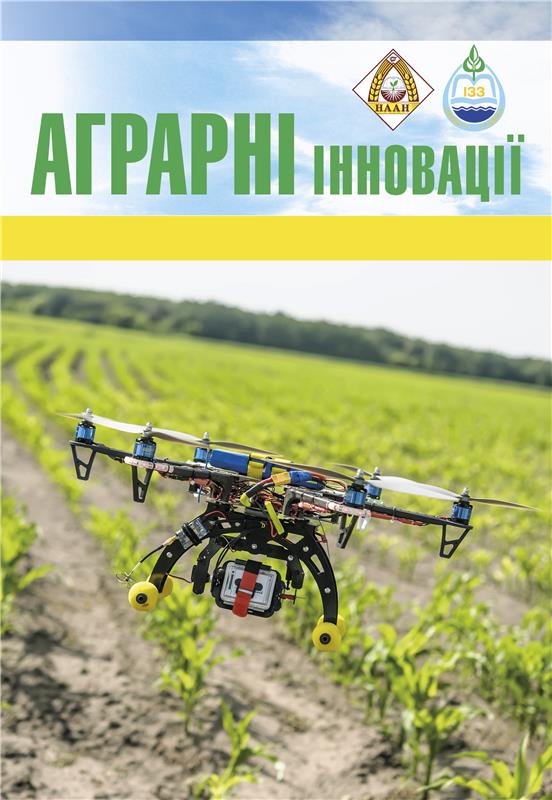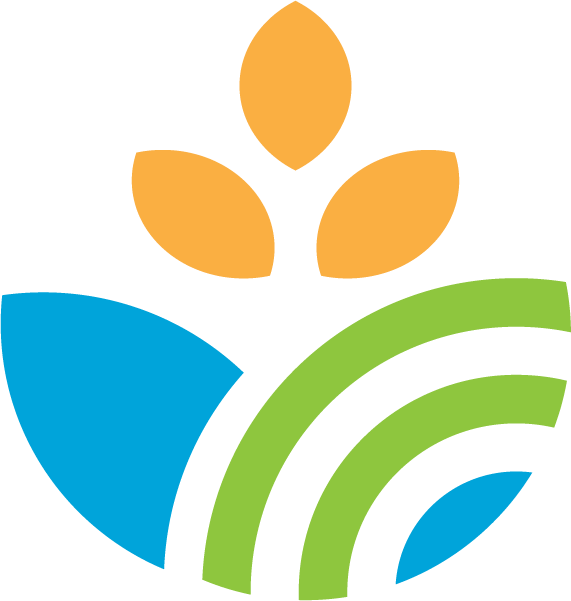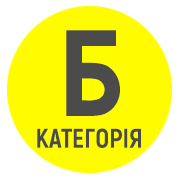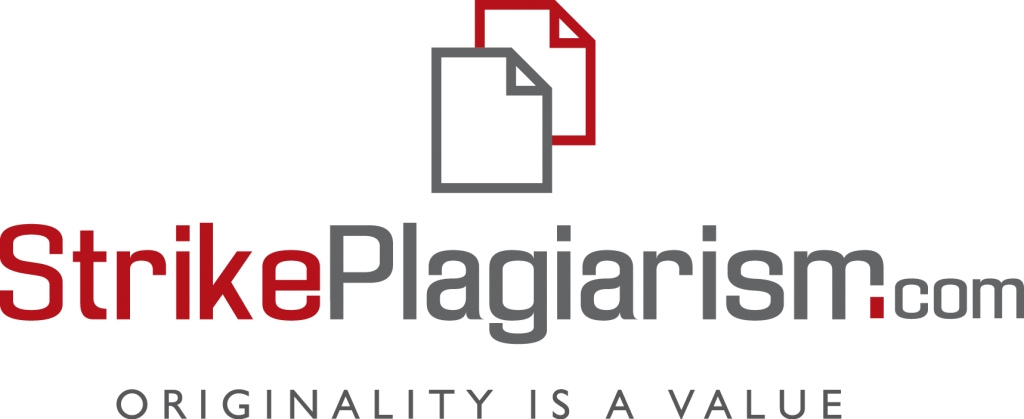SCREENING OF SUNFLOWER SAMPLES FOR RESISTANCE TO DOWNY MILDEW
Abstract
The purpose of the article is to screen sunflower samples for resistance to downy mildew for their further use in breeding and seed production. Research methods and materials. The research was conducted in 2021–2024 in the scientific crop rotation of the V. Ya. Yuryev Institute of Plant Production of the Kharkiv District of the Kharkiv Region in the northeastern part of the Left Bank Forest-Steppe of Ukraine. The methodological basis of the research is: empirical (field sampling; laboratory experiments; measurement of indicators of the research object), theoretical (hypothesis formulation and formation of conclusions based on research results); statistical; mathematical.Research results. According to the results of four-year studies (2021–2024), it was found that among the studied material, the group of highly resistant to downy mildew of sunflower was made up of the Kadet and Yarilo hybrids, as well as the parental form of the X1814V hybrid. Their NBR infection during the years of research was 0.0% and the corresponding pathogen resistance score was 0. Two pollen sterility fixer lines Sx66A and Sx588A, two parental components of the X526V and X2283V hybrids, as well as the Cosmos hybrid, were resistant to the pathogen. Their level of pathogen infection did not exceed 10.0% and the corresponding resistance score was 1. The pollen sterility fixer line OdOl1A showed average resistance to NBR. It had a resistance score of 2, and the pathogen infection of this sample was at the level of 24.0%. As a result of field research during 2021–2024, a study was conducted in laboratory conditions on the resistance of sunflower samples to the pathogen of downy mildew, as well as their differentiation by resistance groups. Thus, the group of resistant samples in laboratory conditions consisted of the Kadet hybrid, two pollen sterility fixer lines Сх66А and Сх588А, and the parental component Х1814В. The level of their infection by the pathogen did not exceed 10.0% and the corresponding resistance score was 1. The hybrids Yarilo and Kosmos, two parental components of the hybrids Х526В and Х2283В, as well as the pollen sterility fixer line ОдОл1А were classified as moderately resistant. The level of their infection by the pathogen did not exceed 21.0%, the resistance score was 2. Conclusions. According to the results of field studies, the group of highly resistant to sunflower downy mildew included the Kadet and Yarilo hybrids, as well as the parental form of the X1814V hybrid.Two pollen sterility fixer lines Sx66A and Sx588A, two parental components of the X526V and X2283V hybrids, as well as the Cosmos hybrid, were resistant to the pathogen. The pollen sterility fixer line OdOl1A showed averageresistance to the pathogen. The group of resistant samples in laboratory conditions included the Kadet hybrid, two pollen sterility fixer lines Sx66A and Sx588A, and the parental component X1814V. The Yarilo and Cosmos hybrids, two parental components of the X526V and X2283V hybrids, as well as the pollen sterility fixer line OdOl1A, were classified as moderately resistant.
References
2. Jocic S., Miladinovic D., Imerovski I. [et al]. Towards sustainable downy mildew resistance in sunflower. Helia. 2012. 35, N 56. P. 61–72.
3. Debaeke P., Casadebaig P., Flenet F., Langlade N. Sunflower crop and climate change in Europe: vulnerability, adaptation and mitigation potential. Proceedings of 19th the International Sunflower Conference (29 May–3 June). Edirne, 2016. P. 71–87.
4. Shindrova P. Investigation on the race composition of downy mildew (Plasmopara halstedii Farl. Berlese et de Toni) in Bulgaria during 2007–2008. Helia. 2010. 33. Nr. 52. Р. 19–24.
5. Shirshikar S. P. Present status of sunflower downy mildew disease in India. Helia. 2005. 28. Nr. 43. Р. 153–158.
6. Baldini M., Danuso F., Turi M., Sandra M., Raranciuc S. Downy mildew (Plasmopara halstedii) infection in high oleic sunflower hybrids in Northern Italy. Helia. 2006. 29. Nr. 45. Р. 19–32.
7. Shirshikar S. P. Response of newly developed sunflower hybrids and varieties to downy mildew disease. Helia. 2008. 31. Nr. 49. Р. 19–26.
8. Cantamutto M. The Argentine wild Helianthus annuus L. genetic resource. Helia. 2010. 33. Nr. 52. Р. 47–62.
9. Roeckel-Drevet P., Can. J. Molecular variability of sunflower downy mildew, Plasmopara halstedii, from different continents. Microbiol. 2003. 49. P. 492–502.
10. Береженко Ж. І., Шугурова Н. О., Дем’яненко Т. Т. Стійкість ліній соняшнику проти поширених рас несправжньої борошнистої роси. Науково-технічний бюлетень Інституту олійних культур. 2006. Вип. 11. С. 132–134.
11. Tsygankova V.A., Galkin A.P., Galkina L.O. et al. Gene expression under regulators’ stimulation of plant growth and development. New plant growth regulators: basic research and technologies of application. Kyiv: Nichlava, 2011. P. 94–152.
12. Debaeke P., Casadebaig P., Flenet F., Langlade N. Sunflower crop and climate change in Europe: vulnerability, adaptation and mitigation potential. Proceedings of 19th the International Sunflower Conference (29 May – 3 June 2016). Edirne, 2016. P. 71–87.
13. Охорона прав на сорти рослин. Методика проведення кваліфікаційної експертизи сортів технічних та кормових культур. Соняшник. Київ. Алефа, 2003. С. 18–40.
14. Горяінова В.В., Станкевич С.В., Батова О.М., Жукова Л.В. Загальна фітопатологія: навч. посіб. Житомир: ПП «Рута», 2023. 378 с.
15. Жукова Л.В., Станкевич С.В., Туренко В.П., Горяінова В.В., Батова О.М. Патологія насіння сільськогосподарських культур: навч. посіб. Житомир: Видавництво «Рута», 2023. 292 с.
16. Станкевич С.В., Положенець В.М., Немерицька Л.В., Журавська І.А. Моніторинг хвороб сільськогосподарських культур: навч. посіб. Житомир: Видавництво «Рута», 2022. 304 с.






